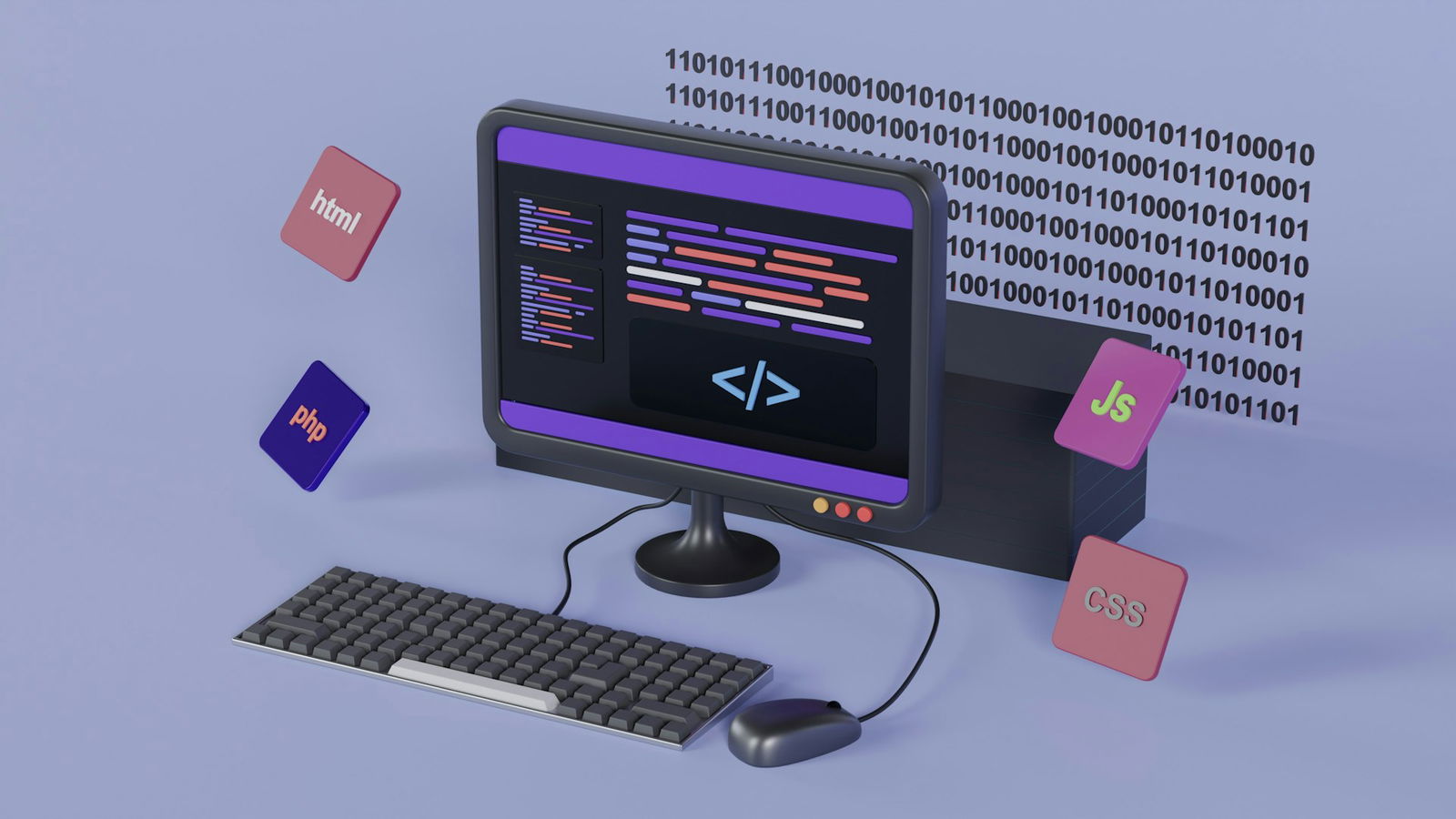
RPA vs. BPM: What's the difference and when to use each?
Table of contents
Quick Access

These are two of the most requested services by our clients when it comes to automating workflows, analyzing data, and overall improving the productivity of a business or team. But do you know which one you need based on your project’s specific requirements? RPA vs BPM: the battle we’re going to settle in this article.
Key Concepts: What do we mean by RPA and BPM?
Before diving into the details of each, let’s take a quick overview. RPA, or Robotic Process Automation, refers to the use of business logic technology to help companies automate their processes. Based on structured inputs, business logic, and AI (Intelligent Automation), RPA software is designed to automate repetitive daily tasks, reduce manual work, optimize business operations, lower production costs, and boost overall efficiency and productivity.
Meanwhile, a BPM solution offers full lifecycle management of business processes. This automation software enables companies to adapt to upcoming changes in the business environment and helps reduce errors and miscommunication.

RPA vs BPM: Main Differences
Although both approaches aim at achieving operational efficiency, they are not the same and are not mutually exclusive. In fact, in many cases, they can — and should — work together.
| Characteristic | RPA | BPM |
|---|---|---|
| Approach | Automation of specific tasks | Management of complete processes |
| Scope | Short-term, tactical | Long-term, strategic |
| Integration | With existing systems, no changes required | May require process redesign |
| Flexibility | Limited to repetitive tasks | High, adaptable to complex workflows |
| Implementation time | Fast (weeks) | Moderate (months) |
| Expected ROI | High, quick | High, but medium/long-term |
When to Use RPA and When to Use BPM?
The decision between RPA and BPM should be based on the specific goals and needs of your business. Here are some practical scenarios:
Use RPA when:
- You need to automate manual, repetitive tasks quickly.
- You don't want to modify existing systems.
- You’re seeking immediate efficiency and error reduction.
- Your team is spending too much time on administrative tasks.
Use BPM when:
- You need to improve or redesign complex processes across multiple departments.
- You want full control over workflows and performance metrics.
- You are undergoing a more structural digital transformation.
- You need flexible processes that can adapt to business changes.
In many cases, the ideal approach is a combination of both: BPM to map, redesign, and optimize processes, and RPA to automate specific tasks within those processes. This synergy can lead to truly powerful intelligent automation.
At Rootstack, we don't just build tech solutions — we create personalized strategies that directly impact your business’s efficiency and profitability. Our experience in automation and process management projects allows us to help you make the best decision between RPA and BPM.
Recommended Video
Related blogs

Microservices architecture: Designing scalable systems

External threats to computer security | Rootstack

Rootstack Cybersecurity Solutions: Protection and Monitoring

Core Banking Software Platforms: Key Features to Look for in 2026

Software development services company: What could we do?

Mobile app development phases: This is how we work

